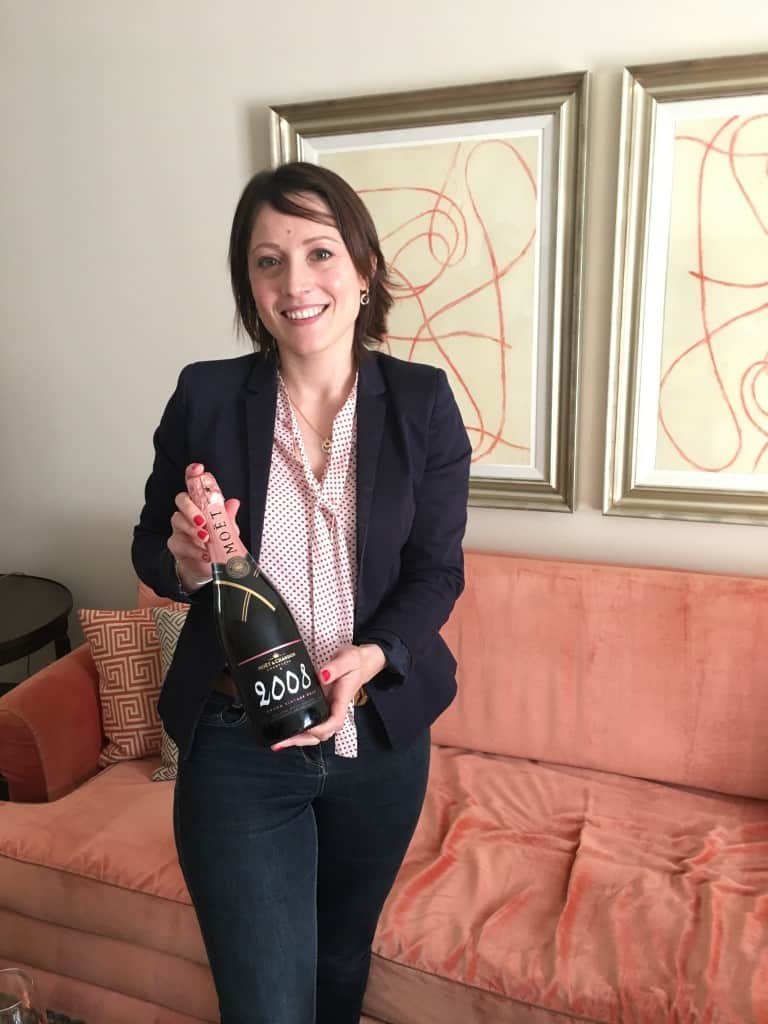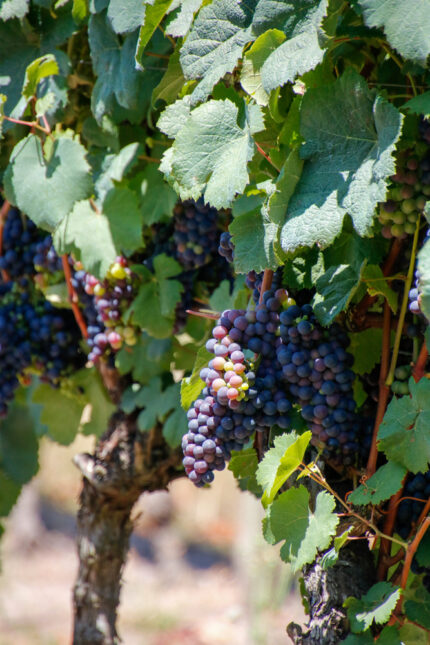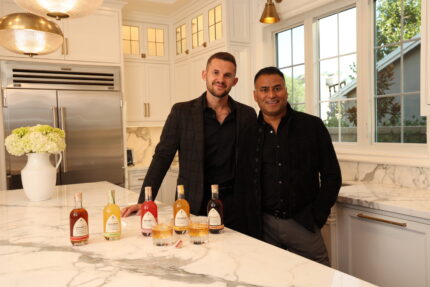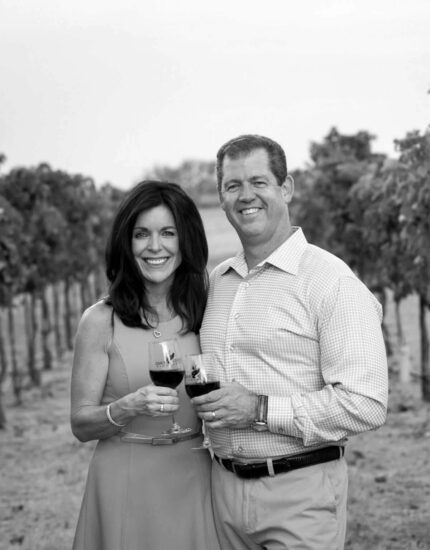Marie-Christine Osselin
When Marie-Christine Osselin looks at a glass (not champagne flute, mind you) of Moët & Chandon, she thinks about the multitude of steps it took to get from the grower to harvest to the wine making process to the bottle. Marie is the Wine Quality Manager for Moët & Chandon and has the daunting job of making sure what ends up in your glass. Just one vineyard, for example, involves an effort of 1,500 acres of vineyards, 450 growers, a slew workers under the cellar master’s guidance, cutting-edge technology and a constant fight against nature and oxidation. And these are big stakes as Moët & Chandon currently has 20 percent of the champagne market with an eye on the number one slot.
The company, which is a French champagne house is also co-owner of Louis Vuitton. Moët & Chandon has set up its operating model over its 2,800 acres of vineyards where it can select from a wide range of grapes and select the best blends for each champagne. Marie used terms like “freshness, fruitiness, seductive and sustainable.” In fact, Moët & Chandon has been making champagne since 1743 and is committed to preserving the land but always using innovation to improve product quality.
That is why Marie had on her other hat – explaining champagne around the world by scheduling technical tastings for the trade in Dallas, Houston, Atlanta and New York. This was her first trip to the US, with a task to evangelize the spirit of fine craftsmanship that is synonymous with the brand. But her other reason was much more important – Moët & Chandon wants to completely understand the US marketplace as it introduces its array of products to meet the palate of the marketplace.
We started off our Monday morning (technically could have been brunch time) with several champagnes. The blends vary but the three grapes remain the same – pinot noir, chardonnay and pinot meunier.
Our first was the Moët & Chandon Rose Imperial, a very approachable, lovely wine produced for consumers to enjoy every day. The wine is a very intense color due to the thermos vinification process. The wines are aged for 24 months. I tasted lots of red fruit, floral notes with a little spice. Marie described it as “an old friend you haven’t seen in a long time, but can instantly pick up with and have the same pleasure and enjoyment.”
We moved to the 2008 Moët & Chandon Grand Vintage Rose described as the “act of freedom of the chef de cave.” The vintage must express an exceptional year and the chef decides the vintage based on his assessment of what was best for the harvest. The wine will never be replicable and will always be unique. These wines become part of the Maison’s Grand Vintage Collection, a library of wines that date back to 1842.
So how does one react to a blend of 100 different wines in one glass? Just savor and enjoy this amazing composition of flavors in your glass. Mature red fruits, citrus, almonds, a tinge of earthiness and floral notes. This wine is completely meant to be aged.
Then we moved to the Moët & Chandon Nectar Imperial, a champagne that is the leading seller in the U.S., and is much sweeter than its two counterparts. I tasted red berry, cream and a bit of raspberry jam. I understand why it is doing well here, but at that point, the 2008 had captivated my attention.
Marie-Christine Osselin
And back to the champagne flute. I had to ask why Moët & Chandon was usurping the flute for the white wine glass. Marie answered that there is no way to truly taste the nuances – especially of aged wine in a champagne glass. I completely concur.
Powered byTwitter








